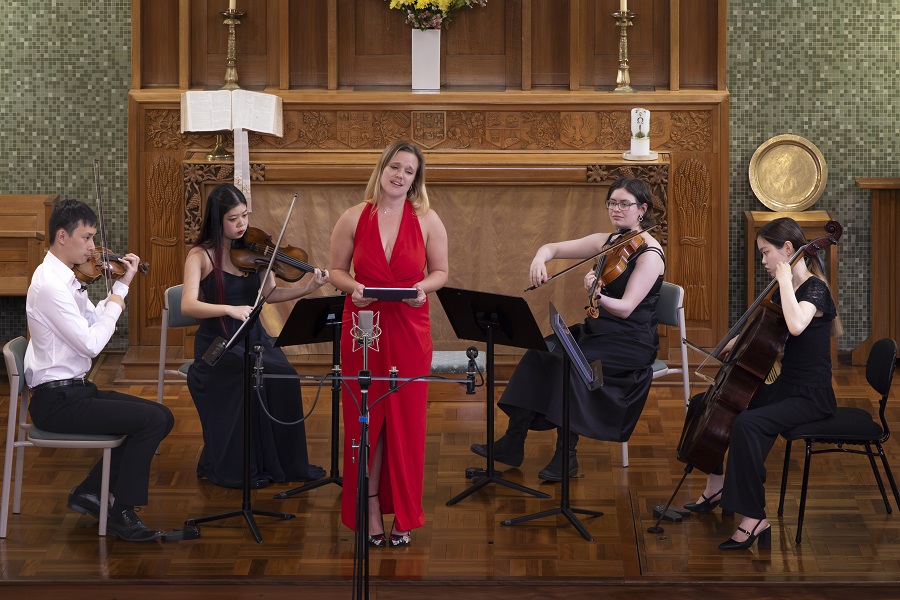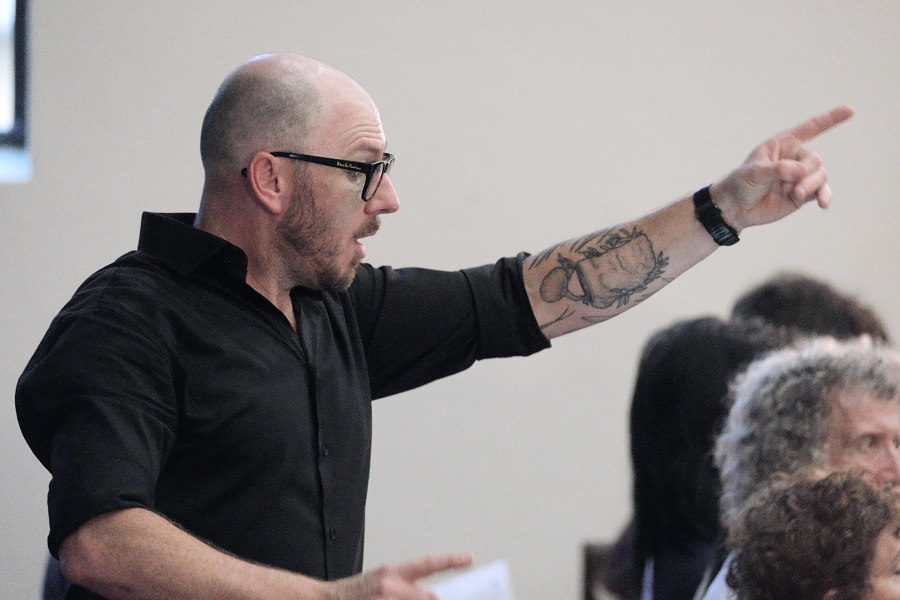IN 2016 Julie Ryder undertook a residency, funded by The Australia Council for the Arts and artsACT, at the National Museum of Australia. The focus of her investigations was the botanical holdings, in particular two 19th century albums of pressed seaweeds.
They had no provenance and so had not been displayed, but it seemed likely they were both collected and compiled by women. One album was of seaweeds from Port Arthur in Tasmania and the other from both Northern Ireland and Port Phillip Bay in Victoria.
Ryder’s art practice draws inspiration from her scientific background and the experiences of the underdog. She researches and digs until she finds and is able to reveal the stories of the people – frequently and especially those of women – hidden in history.
This is a beautiful exhibition. It is delicate, in form and in colour. Embroidery and watercolours – both feminine pursuits – are included as are many examples of pressed seaweed.
Several groupings form the exhibit. Anna Atkins, a seaweed collector who is considered possibly the first female photographer, compiled several cyanotype limited-edition books of her collections of seaweeds. The first groups and a large installation of cyanotype on vintage hankies pay deep respect to Atkins’ work. Each is identified with the scientific name of the seaweed and the beach from which it was collected.

The series “Flowers of the Sea” is a detailed work, referring directly to a box of Victorian glass slides displayed nearby. These digitally-printed glass slides include pressed seaweeds and engraved glass – they are lacy, feminine and reflect Victorian patterns, tastes and practices. The series “Collecting Ladies” and “From Land and Sea” speak of those Victorian pastimes of ladies of leisure. Ryder has hand-embroidered three pairs of full length leather gloves in delicate designs and colours. She has then painted the gloves in watercolour on pricked paper, reflecting a much earlier body of work.
In contrast to all the delicacy and femininity in the exhibition, Ryder has embroidered the coarse wire of what is probably a sieve. Embroidery was taught to young girls who sewed letters of the alphabet, numbers, and often short proverbs, and this is a witty reference.
Julie Ryder has given the audience a rich and rewarding exhibition to ponder and consider.
Who can be trusted?
In a world of spin and confusion, there’s never been a more important time to support independent journalism in Canberra.
If you trust our work online and want to enforce the power of independent voices, I invite you to make a small contribution.
Every dollar of support is invested back into our journalism to help keep citynews.com.au strong and free.
Thank you,
Ian Meikle, editor




Leave a Reply